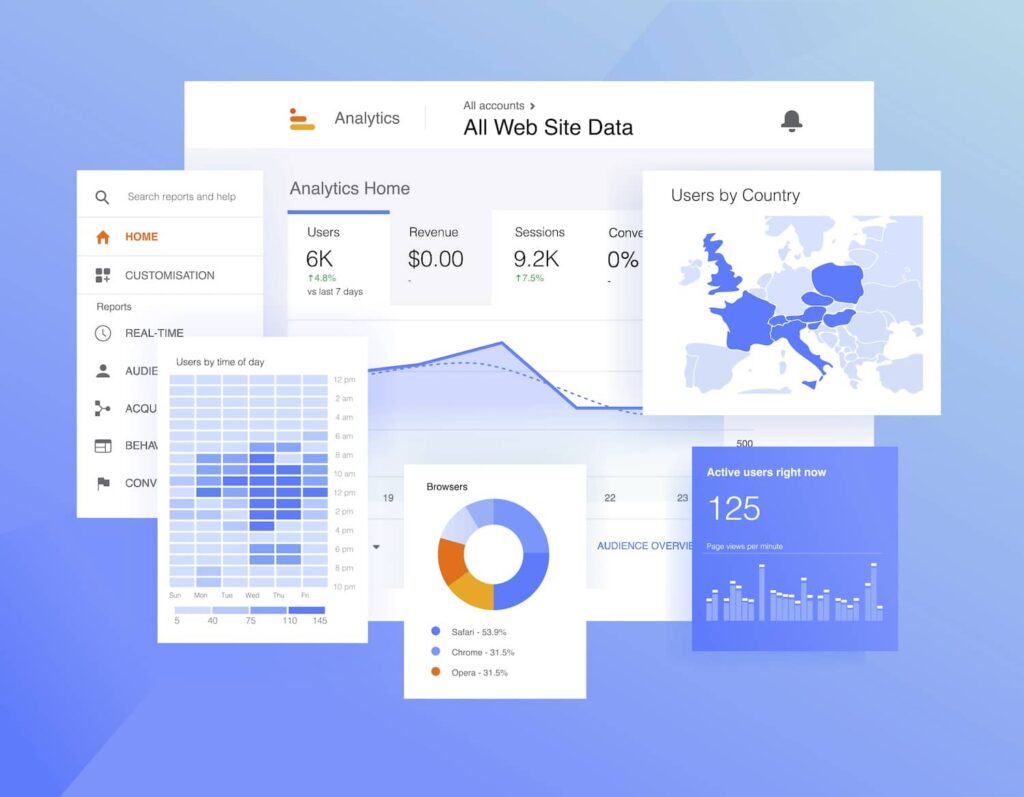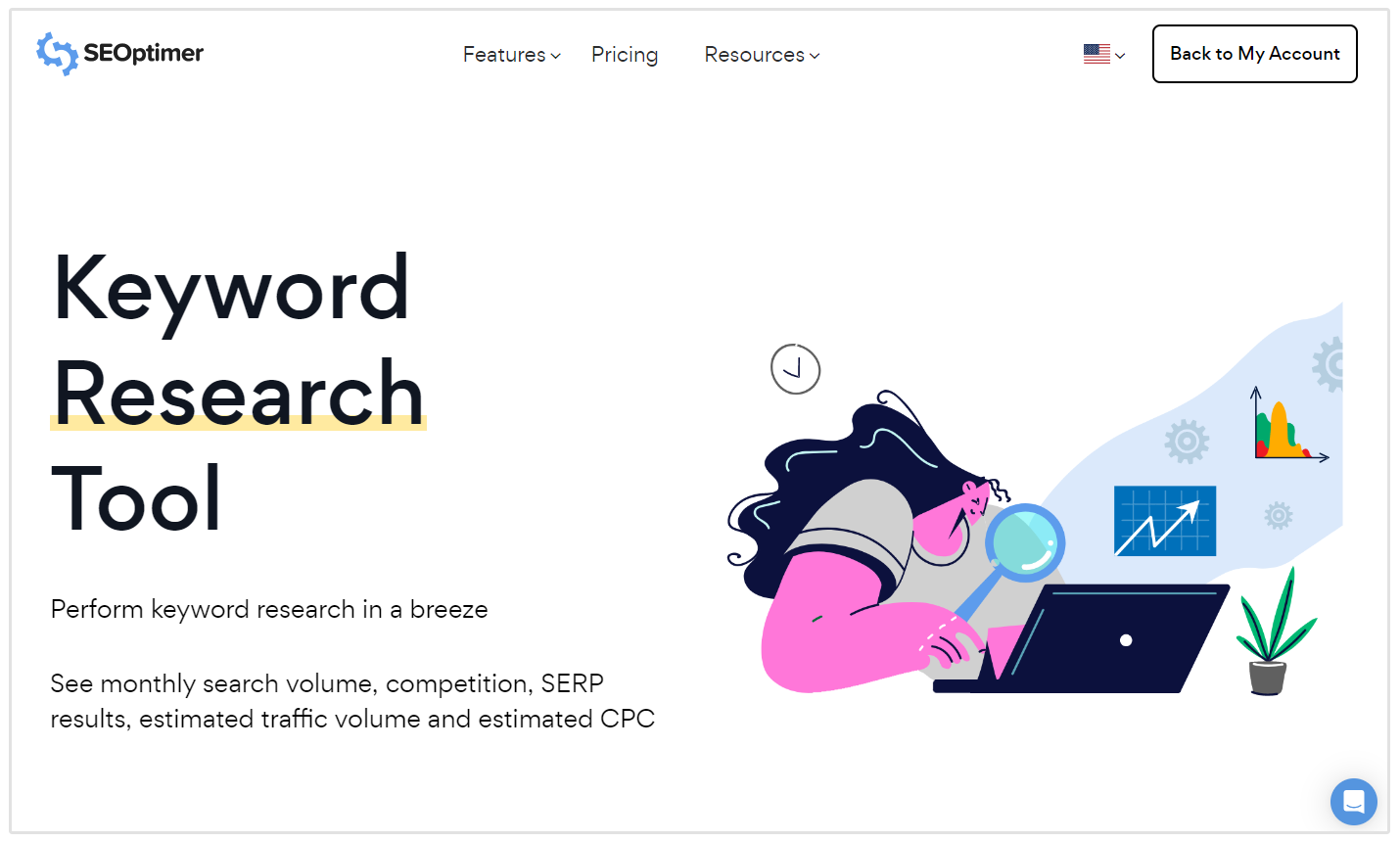Comprehensive Consider Secondary Dimensions in Google Analytics: Meaning and Ideal Practices
Comprehensive Consider Secondary Dimensions in Google Analytics: Meaning and Ideal Practices
Blog Article
Leveraging Second Measurement in Google Analytics to Strengthen Comprehending of Individual Habits and Interaction
In the realm of digital analytics, the ability to amass purposeful understandings from data is critical for informed decision-making - what is a secondary dimension in google analytics. Utilizing Google Analytics' second measurements uses a nuanced technique to comprehending user actions and interaction beyond surface-level metrics. By dissecting customer communications with additional contextual information, a much more thorough view of online tasks arises, shedding light on patterns and fads that may otherwise go undetected. This much deeper study customer habits not only improves advertising and marketing methods however also holds the crucial to maximizing website efficiency and enhancing total user experience.
Understanding Individual Actions With Secondary Measurements
By layering second measurements onto main dimensions such as traffic sources or touchdown web pages, marketers can uncover beneficial understandings into user behavior patterns. By assessing bounce prices in conjunction with secondary measurements like tool classification or location, businesses can recognize certain sections of users that may be experiencing problems with site usability or web content significance.
Additionally, second measurements can help marketers recognize connections between various data factors, leading to the discovery of covert patterns or fads in user actions (what is a secondary dimension in google analytics). By segmenting data making use of additional measurements such as demographics or habits, businesses can customize their advertising strategies to better fulfill the requirements and preferences of certain user groups. Overall, leveraging additional measurements in Google Analytics improves the deepness of analysis and allows extra educated decision-making based upon an extensive understanding of customer behavior
Examining Engagement Metrics Successfully
Structure on the understandings obtained from making use of additional measurements in Google Analytics to recognize user habits patterns, properly evaluating interaction metrics is essential for enhancing advertising and marketing techniques and boosting customer experience. Engagement metrics offer useful details on how users engage with an internet site or app, indicating the level of passion and participation they have with the web content. By diving into metrics such as bounce rate, average session duration, pages per session, and conversion prices, online marketers can evaluate the performance of their electronic efforts and make data-driven choices to drive involvement. Recognizing which web pages or functions attract and maintain individuals, along with determining possible points of friction in the user trip, enables services to tailor their strategies for improved interaction and conversion. Examining interaction metrics over time allows for the tracking of trends and the examination of the effect of optimizations or adjustments made to the electronic properties. Essentially, a deep study involvement metrics equips marketers to improve their technique, enhance customer contentment, and eventually drive company development.

Revealing Insights for Advertising And Marketing Methods
By delving right into Google Analytics information through additional measurements, online marketers can draw out valuable info that can significantly affect their advertising and marketing strategies. By evaluating which networks are bringing in the most involved customers or yielding the greatest conversion prices, marketing experts can assign their resources more successfully to optimize ROI.
Additionally, discovering understandings on individual behavior patterns, such as the most prominent landing web pages or the regular why not try here customer circulation through the website, can offer important support for enhancing internet site web content and user experience. Understanding exactly how individuals engage with the internet site can aid marketers tailor their messaging and calls-to-action more efficiently, ultimately resulting in improved engagement and conversion prices. Basically, leveraging additional dimensions in Google Analytics can supply a wide range of workable understandings that can drive more effective and educated advertising and marketing strategies.
Optimizing Internet Site Performance Through Information
Enhancing web site performance via data-driven optimization techniques is an important element of preserving a competitive on-line visibility and meeting user assumptions. By leveraging data from tools like Google Analytics, internet site proprietors can determine locations of renovation to improve individual experience and drive better outcomes. One crucial aspect of maximizing web site performance is assessing page lots times. Slow-loading web pages can result in high bounce prices and unfavorable user experiences. Information insights can identify the particular components causing hold-ups, enabling targeted optimizations to speed up lots times.
Furthermore, information can disclose which content resonates most with individuals, notifying web content strategy decisions to increase interaction. Understanding individual habits patterns, such as navigating courses and communications, can guide the optimization of site design and conversion funnels. Data-driven A/B screening can aid establish the wikipedia reference most effective design and material variants to make best use of conversions.
Enhancing User Interactions and Results

Through the analysis of secondary dimensions such as demographics, behavior flow, or traffic sources, site owners can gain a detailed understanding of their target market. what is a secondary dimension in google analytics. This understanding enables the application of individualized methods to accommodate different user segments, bring about raised involvement and conversion prices

Conclusion
To conclude, leveraging secondary dimensions in Google Analytics offers a deeper understanding of individual habits and interaction. By examining information properly, revealing understandings, maximizing internet site efficiency, and improving user communications, services can make enlightened choices to enhance their advertising and marketing strategies and total outcomes. Using this device enables an extensive sight of user activities, bring about extra targeted and effective digital advertising and marketing projects.
Structure on the insights acquired from utilizing second measurements in Google Analytics to comprehend individual behavior patterns, effectively analyzing involvement metrics is critical for enhancing advertising official source strategies and boosting individual experience.Additionally, uncovering understandings on individual behavior patterns, such as the most preferred landing pages or the typical customer flow through the web site, can offer valuable advice for enhancing website web content and user experience. By concentrating on improving customer communications, website owners can considerably improve interaction, conversion rates, and total user contentment. These dimensions give deeper understandings into individual behavior, preferences, and activities on the site, making it possible for a much more targeted approach to maximizing user experience.
By enhancing these touchpoints, website owners can simplify the user experience, resulting in enhanced outcomes and higher levels of customer satisfaction.
Report this page